Yoga Blog
Enhance Your Sleep Quality: Exploring the Benefits of Yoga for Restful Nights
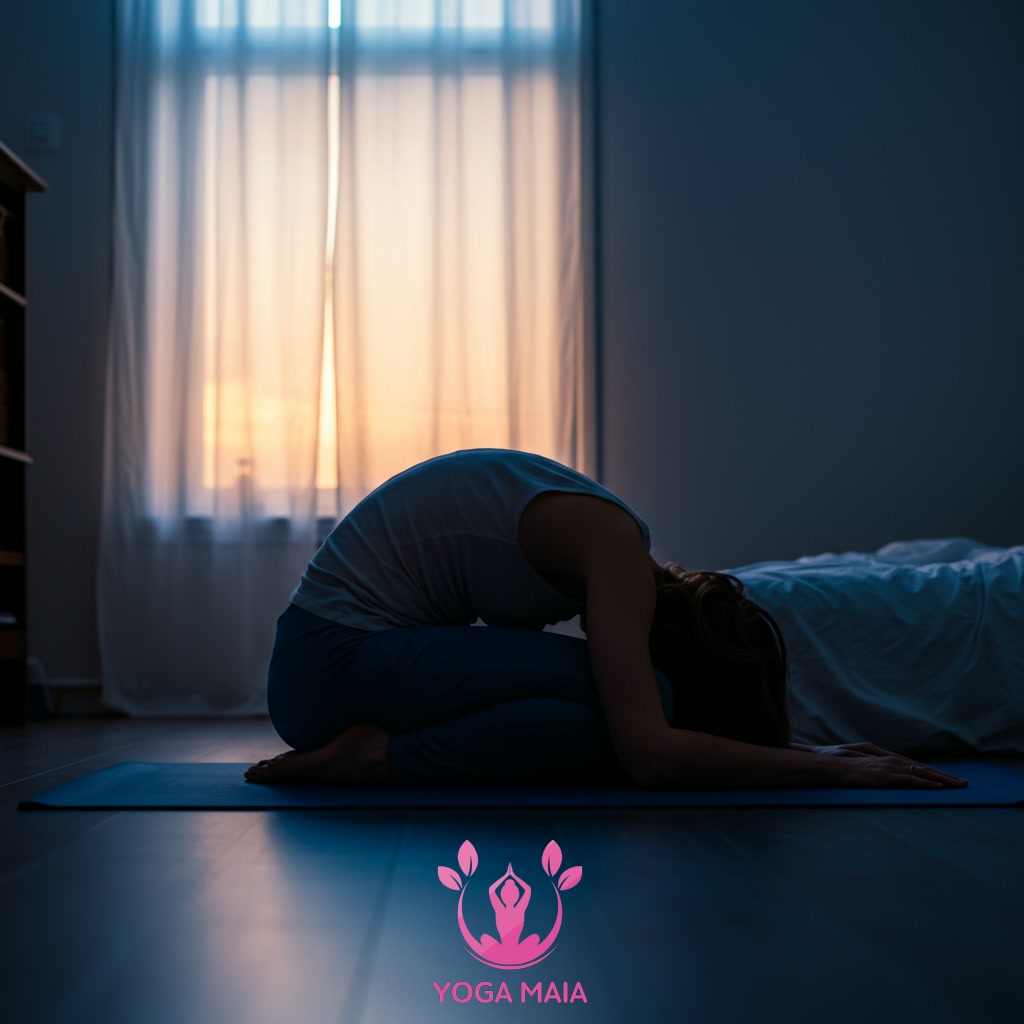
This document examines how incorporating yoga practices can significantly enhance sleep quality. It explores the various benefits of yoga, such as stress reduction and physical relaxation, that contribute to achieving more restful and rejuvenating nights. The content highlights practical approaches to utilizing yoga for improved sleep.
Table of Contents
- Section 1: Understanding the Importance of Quality Sleep for Overall Well-being
- Section 2: How Yoga Positively Impacts the Body and Mind for Better Sleep
- Section 3: Exploring Specific Yoga Benefits for Alleviating Sleep Issues
- Section 4: Gentle Yoga Poses and Sequences Recommended for Bedtime
- Section 5: The Role of Breathing Exercises (Pranayama) and Meditation in Promoting Restful Sleep
- Section 6: Creating Your Personalized Pre-Sleep Yoga Routine
- Section 7: Making Yoga a Consistent Practice for Long-Term Sleep Improvement
Section 1: Understanding the Importance of Quality Sleep for Overall Well-being
Quality sleep is not merely a period of inactivity but a vital process essential for maintaining optimal physical and mental health. During sleep, our bodies and minds undergo crucial restoration and repair. Adequate and restful sleep significantly boosts immune function, supports cardiovascular health, regulates hormones including those related to appetite, and aids in physical recovery. Mentally, quality sleep is fundamental for cognitive functions such as memory consolidation, concentration, problem-solving, and creativity. It also plays a critical role in mood regulation and stress resilience, helping us navigate daily challenges with greater emotional stability. Prioritizing quality sleep is a cornerstone of overall well-being, directly impacting our energy levels, productivity, and overall quality of life.
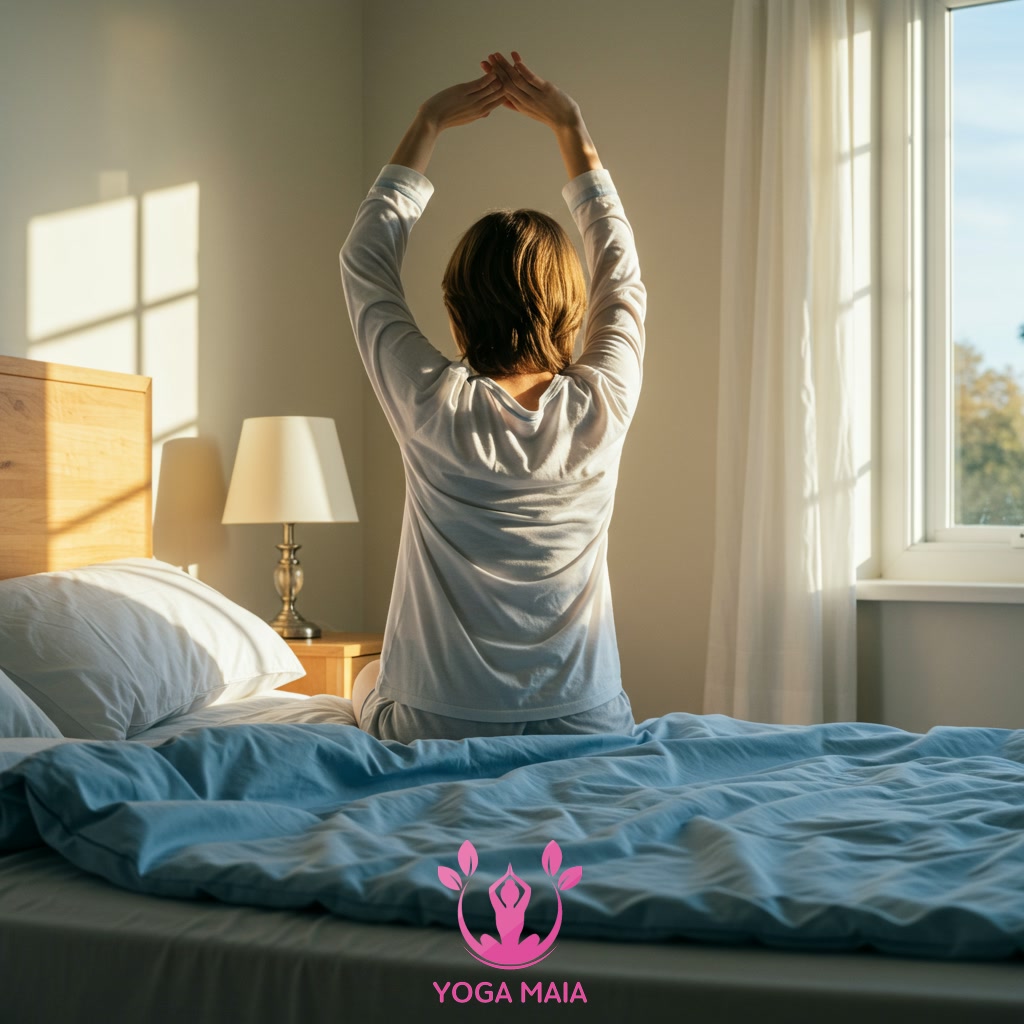 Understanding the Importance of Quality Sleep for Overall Well-being
Understanding the Importance of Quality Sleep for Overall Well-being
Section 2: How Yoga Positively Impacts the Body and Mind for Better Sleep
Yoga significantly impacts both the body and mind, creating optimal conditions for restful sleep. Physically, holding and moving through yoga poses helps to release built-up muscular tension, improving flexibility and promoting deep relaxation. Gentle stretching and mindful movement signal to the body that it is safe to relax and unwind. Mentally, the practice of yoga, particularly focusing on breath control and mindfulness, directly addresses stress and anxiety, two major obstacles to falling asleep and staying asleep. By calming the nervous system and quieting the mental chatter, yoga fosters a state of tranquility that makes the transition into sleep smoother and the sleep itself more restorative. This dual action—physical release and mental calm—is key to unlocking better sleep quality through yoga.
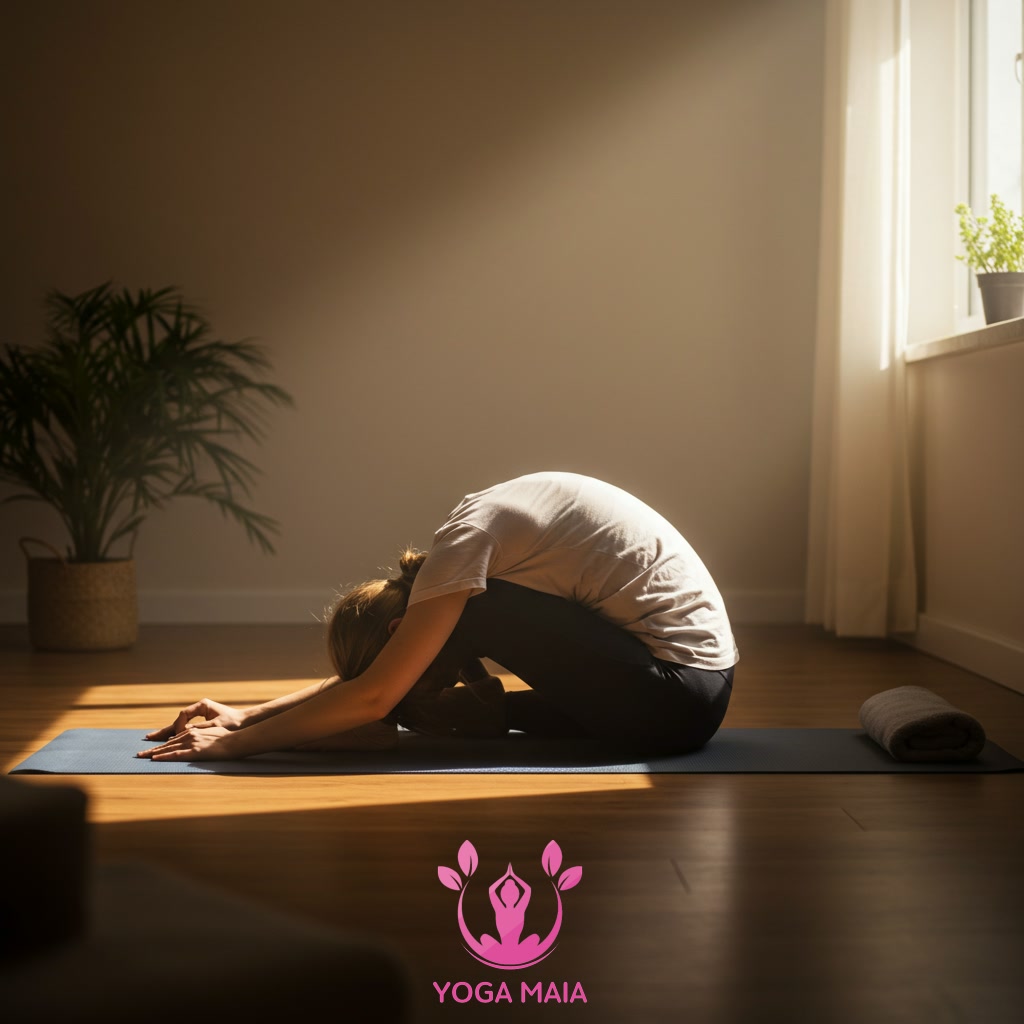 How Yoga Positively Impacts the Body and Mind for Better Sleep
How Yoga Positively Impacts the Body and Mind for Better Sleep
Section 3: Exploring Specific Yoga Benefits for Alleviating Sleep Issues
Building upon the physical release discussed previously, yoga directly targets common root causes of sleep disturbances. Practices incorporating gentle stretches and mindful breathing techniques are particularly effective at calming the sympathetic nervous system, which is often overactive in individuals experiencing insomnia or anxiety-related sleep issues. By lowering stress hormones like cortisol and promoting the release of endorphins, yoga helps to quiet the racing thoughts that keep many people awake. Furthermore, specific poses can alleviate physical discomforts such as restless legs or back tension, creating a more comfortable state conducive to falling and staying asleep. This holistic approach, addressing both mental agitation and physical discomfort, makes yoga a powerful tool for improving sleep quality.
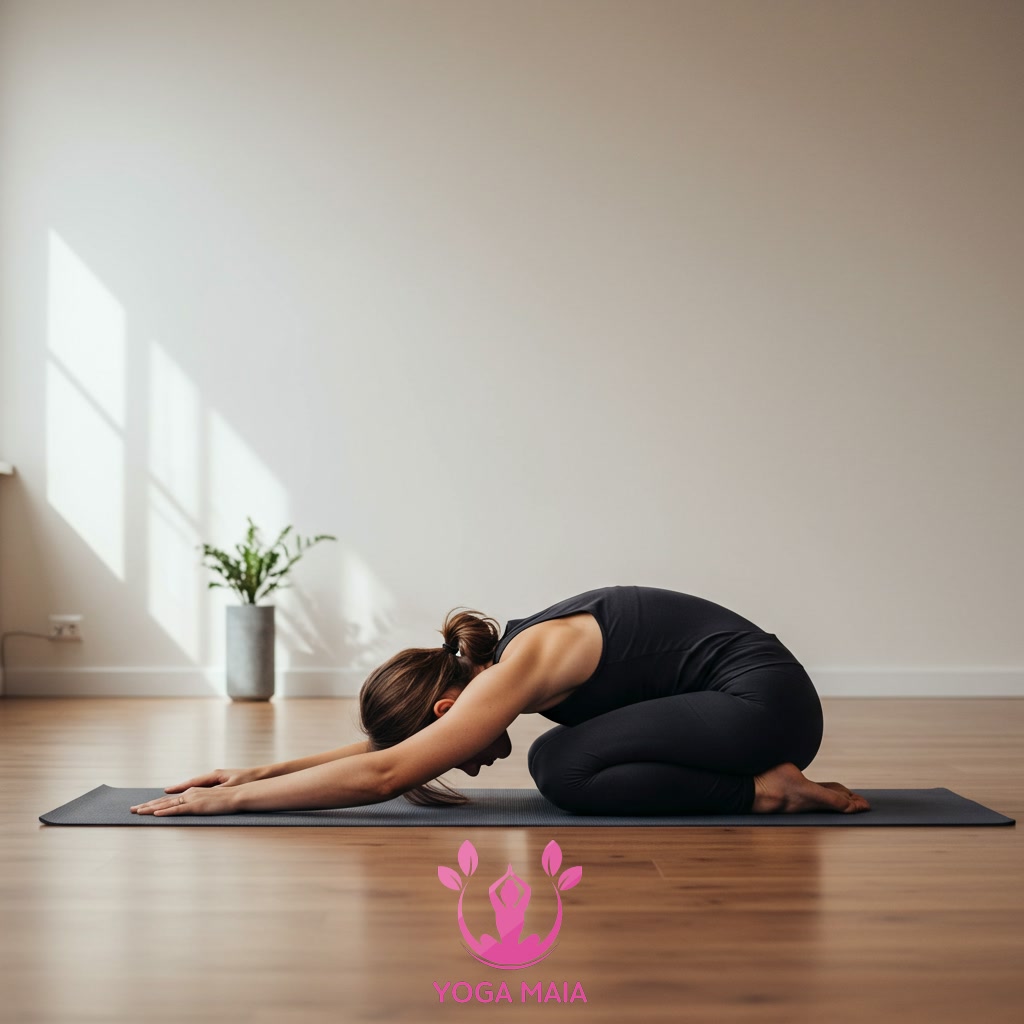 Exploring Specific Yoga Benefits for Alleviating Sleep Issues
Exploring Specific Yoga Benefits for Alleviating Sleep Issues
Section 4: Gentle Yoga Poses and Sequences Recommended for Bedtime
Building upon the physical release discussed previously, incorporating specific gentle yoga poses and sequences into your bedtime routine can significantly prepare your body and mind for sleep. These practices are designed to be calming, focusing on passive stretches and mindful breathing rather than strenuous activity. Poses like Child’s Pose (Balasana), Legs-Up-the-Wall (Viparita Karani), or a gentle Supine Spinal Twist (Supta Matsyendrasana) help to soothe the nervous system, release tension held in the back and hips, and promote a sense of grounding. Performing a short, simple sequence that flows smoothly from one pose to the next, held for several breaths each, signals to your body that it’s time to transition from the day’s demands to rest. The emphasis is on quiet stillness and connecting with your breath, making these ideal movements for winding down before sleep.
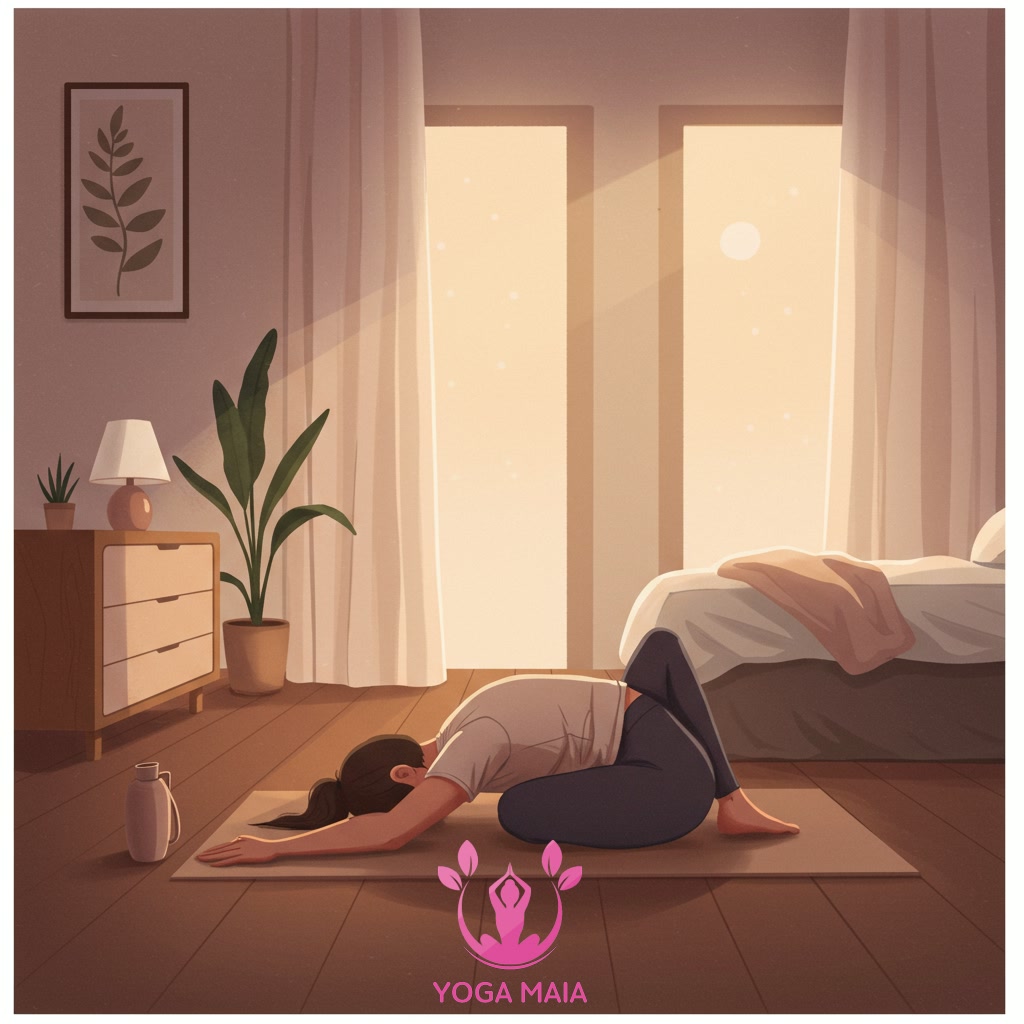 Gentle Yoga Poses and Sequences Recommended for Bedtime
Gentle Yoga Poses and Sequences Recommended for Bedtime
Section 5: The Role of Breathing Exercises (Pranayama) and Meditation in Promoting Restful Sleep
Building upon the physical release achieved through gentle poses, the next crucial step in preparing for restful sleep involves calming the mind and regulating the nervous system through breathing exercises and meditation. Practices like Pranayama, focusing on slow, deep, and conscious breathing, directly reduce the body’s stress response, shifting from a state of alert to one of relaxation. Simple techniques, such as counting breaths or extending exhalations, signal to the brain that it’s safe to rest. Complementing this, meditation helps quiet the often-busy “monkey mind” that keeps us awake. By gently observing thoughts without judgment or focusing on a mantra or the breath itself, the mental chatter subsides, making it easier to drift into sleep. Together, these mental and breath-focused practices create a profound sense of calm, preparing both body and mind for a deeply restorative night.
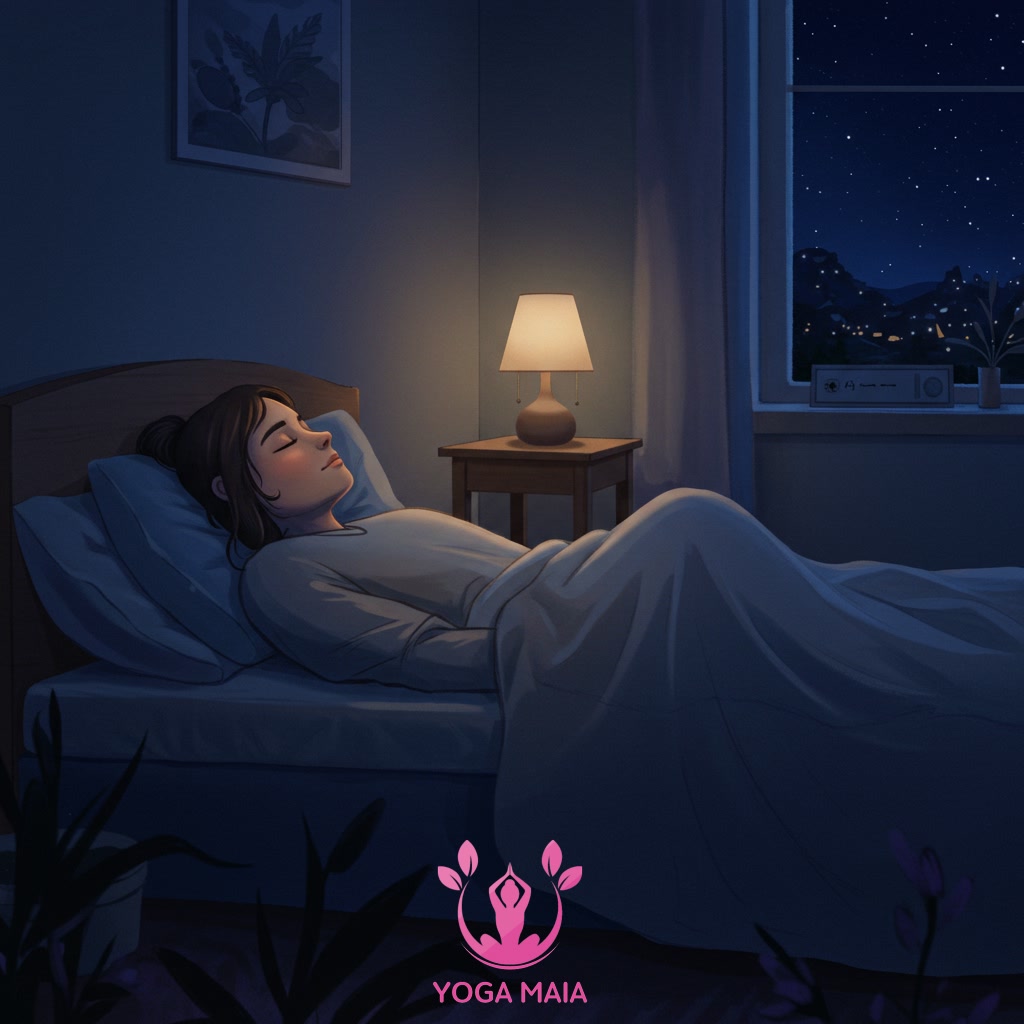 The Role of Breathing Exercises (Pranayama) and Meditation in Promoting Restful Sleep
The Role of Breathing Exercises (Pranayama) and Meditation in Promoting Restful Sleep
Section 6: Creating Your Personalized Pre-Sleep Yoga Routine
Building on the relaxation achieved through gentle movement and breathwork, the next step is tailoring these practices into a routine that uniquely supports *your* sleep needs. Creating a personalized pre-sleep yoga sequence involves selecting poses and breathing techniques that resonate with your body and mind on any given evening. This might mean focusing on deeply restorative poses like Legs-Up-the-Wall or Child’s Pose on nights you feel restless, or incorporating calming breathwork like Nadi Shodhana when your mind is racing. Consider the time you have available – even 5-10 minutes of intentional movement and breath can make a significant difference. Listen to your body, observe how different practices affect your state, and adjust your routine accordingly to cultivate a consistent signal to your nervous system that it’s time to wind down for restorative sleep.
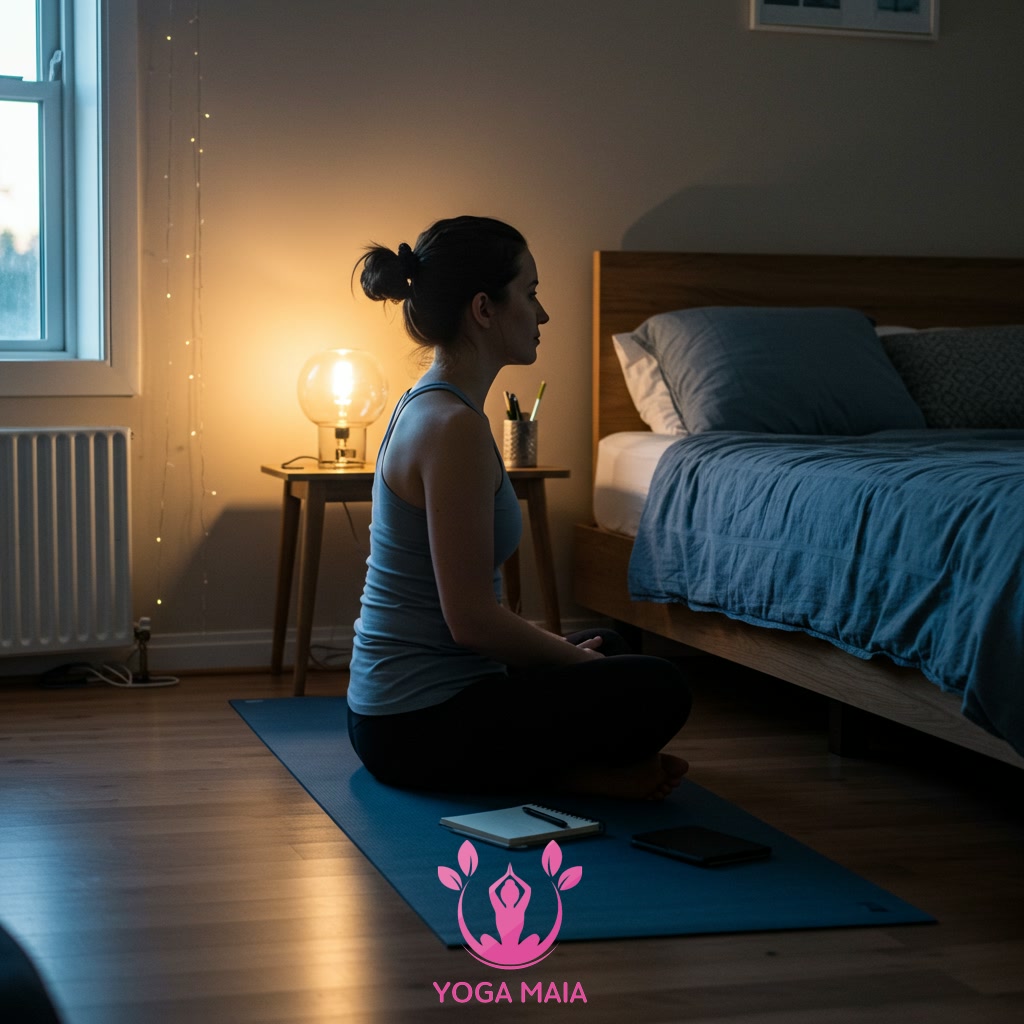 Creating Your Personalized Pre-Sleep Yoga Routine
Creating Your Personalized Pre-Sleep Yoga Routine
Section 7: Making Yoga a Consistent Practice for Long-Term Sleep Improvement
Building on personalized routines, the key to unlocking significant, lasting sleep improvements through yoga lies in consistency. Simply practicing occasionally offers temporary relief, but integrating yoga into your daily or near-daily life allows its benefits to accumulate. Regular practice helps regulate the nervous system more effectively, reduces chronic stress levels over time, and builds greater body awareness and physical relaxation that carries into the night. Establishing a consistent schedule, even if it’s just 10-15 minutes each day, trains your body and mind to unwind and prepare for rest. It becomes a reliable signal to your system that it’s time to transition towards sleep, ultimately leading to deeper, more restorative nights over the long term. Making it a habit is the pathway to sustained results.
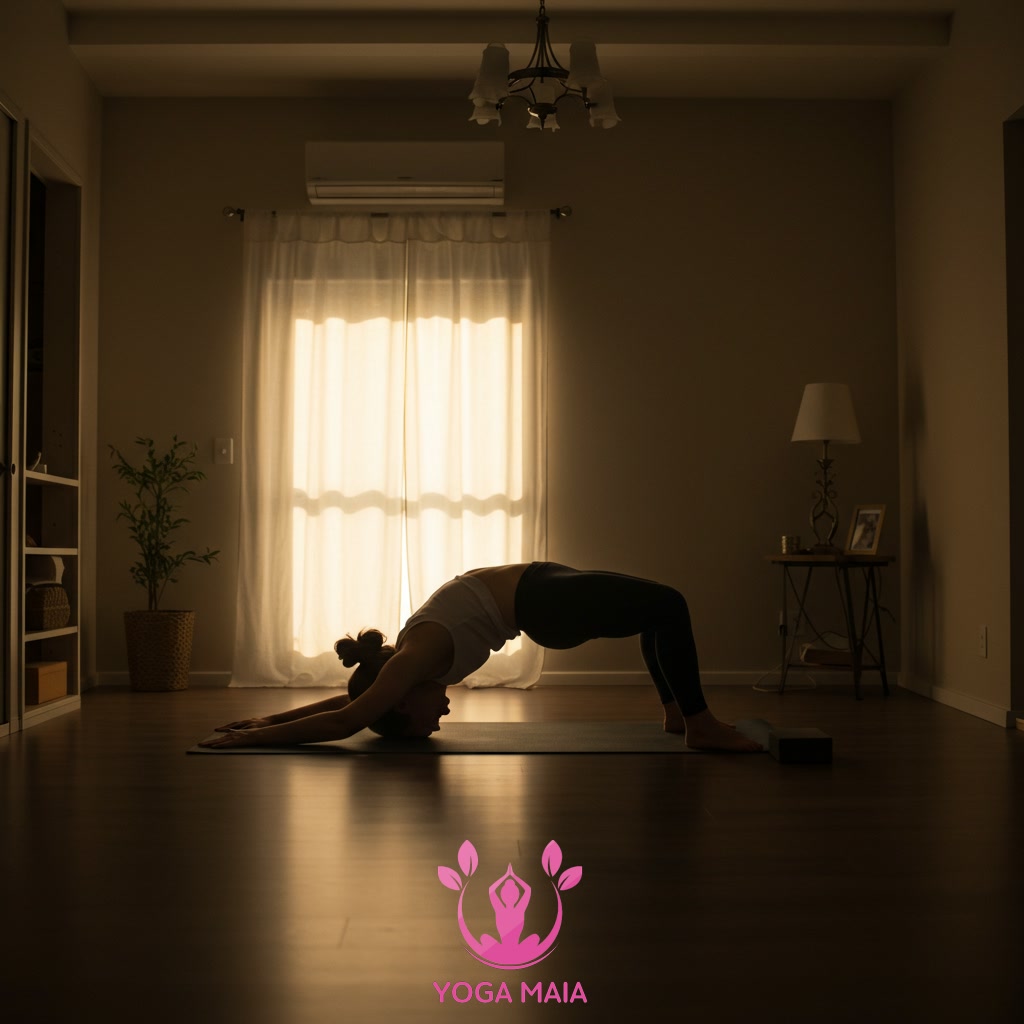 Making Yoga a Consistent Practice for Long-Term Sleep Improvement
Making Yoga a Consistent Practice for Long-Term Sleep Improvement












